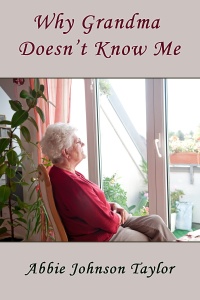What Amazon Says
Do you enjoy writing short stories but feel you’re not getting it quite right? Perhaps your opening lacks that necessary spark, or it’s the middle that sags. It might be that you’re not sure how to bring your tale to a satisfying close, or you may be struggling with a range of issues.
Writers Bureau tutor, editor and freelance writer Esther Chilton teaches you all the ins and outs of short story writing in her second workbook.
These include:
- Hooking your reader at the start
- Ensuring your characters leap from the page
- Which viewpoint and tense to use
- The art of using dialogue
- The importance of tension and obstacles
- How to ‘show, not tell’
- Finishing strongly
You’ll find plenty of examples, tips, and writing exercises to try.
A Helping Hand for Writers
Also in the series:
Publication Guaranteed (well, almost!)
My 5-Star Review
This book came out at just the right time for me. I’m currently working on a collection of short stories that I hope to publish sometime this year or next. As I read Esther Chilton’s thoughts on opening a story, I realized that one of my story openings didn’t have “that necessary spark.” Of course I try to hook my readers with my openings, but this story had too much unnecessary narrative at the beginning, which I cut out. I plan to check the openings to all my other stories and be sure they meet the same criteria.
I like how this book is organized into sections that cover elements of short story writing: plot, conflict, point of view etc. I found the tips and examples helpful and may try the exercises at some point. Resources and marketing opportunities are provided.
Please note this book is only available in paperback. But if you, like me, prefer an electronic copy, you can reach out to Esther Chilton through her website. I did this, and she graciously sold me a pdf copy. If you’re interested in writing short stories, I recommend this comprehensive guide.
Photo Courtesy of Tess Anderson Photography
Photo Resize and Description
by Two Pentacles Publishing
If you haven’t already done so, please subscribe to my email list to receive my monthly newsletter and other announcements. This is a one-way announcements list, meaning the only messages you’ll receive will come from me. So, you can rest assured that this list is low-traffic. Send a blank email to: newsfrommycorner+subscribe@groups.io You’ll receive a confirmation email. Reply to that with another blank message, and you should be good to go.
New! Why Grandma Doesn’t Know Me
Copyright 2021 by Abbie Johnson Taylor.
Independently published with the help of DLD Books.
Photo Resize and Description
by Two Pentacles Publishing
Sixteen-year-old Natalie’s grandmother, suffering from dementia and confined to a wheelchair, lives in a nursing home and rarely recognizes Natalie. But one Halloween night, she tells her a shocking secret that only she and Natalie’s mother know. Natalie is the product of a one-night stand between her mother, who is a college English teacher, and another professor.
After some research, Natalie learns that people with dementia often have vivid memories of past events. Still not wanting to believe what her grandmother has told her, she finds her biological father online. The resemblance between them is undeniable. Not knowing what else to do, she shows his photo and website to her parents.
Natalie realizes she has some growing up to do. Scared and confused, she reaches out to her biological father, and they start corresponding.
Her younger sister, Sarah, senses their parents’ marital difficulties. At Thanksgiving, when she has an opportunity to see Santa Claus, she asks him to bring them together again. Can the jolly old elf grant her request?
***






